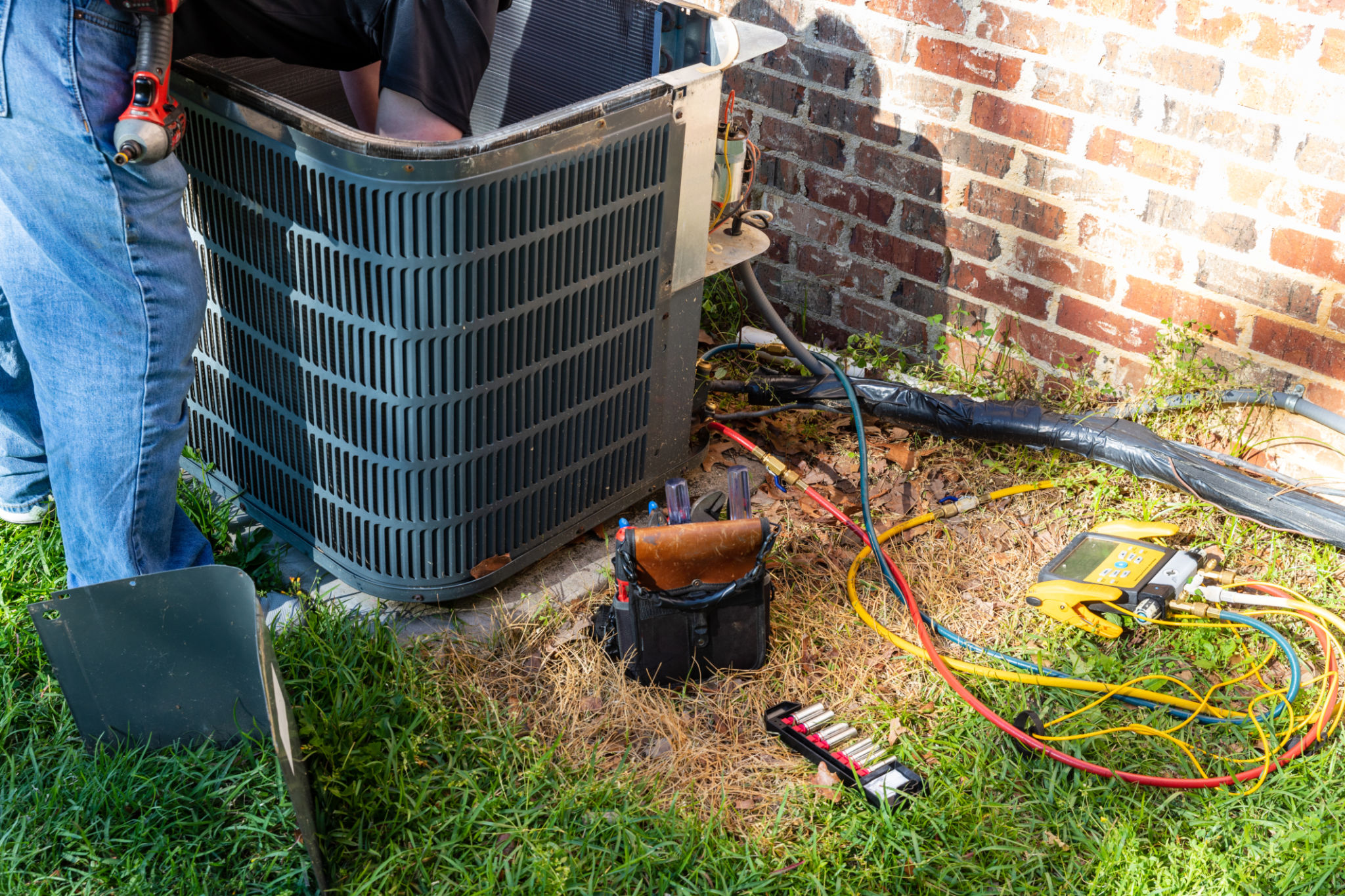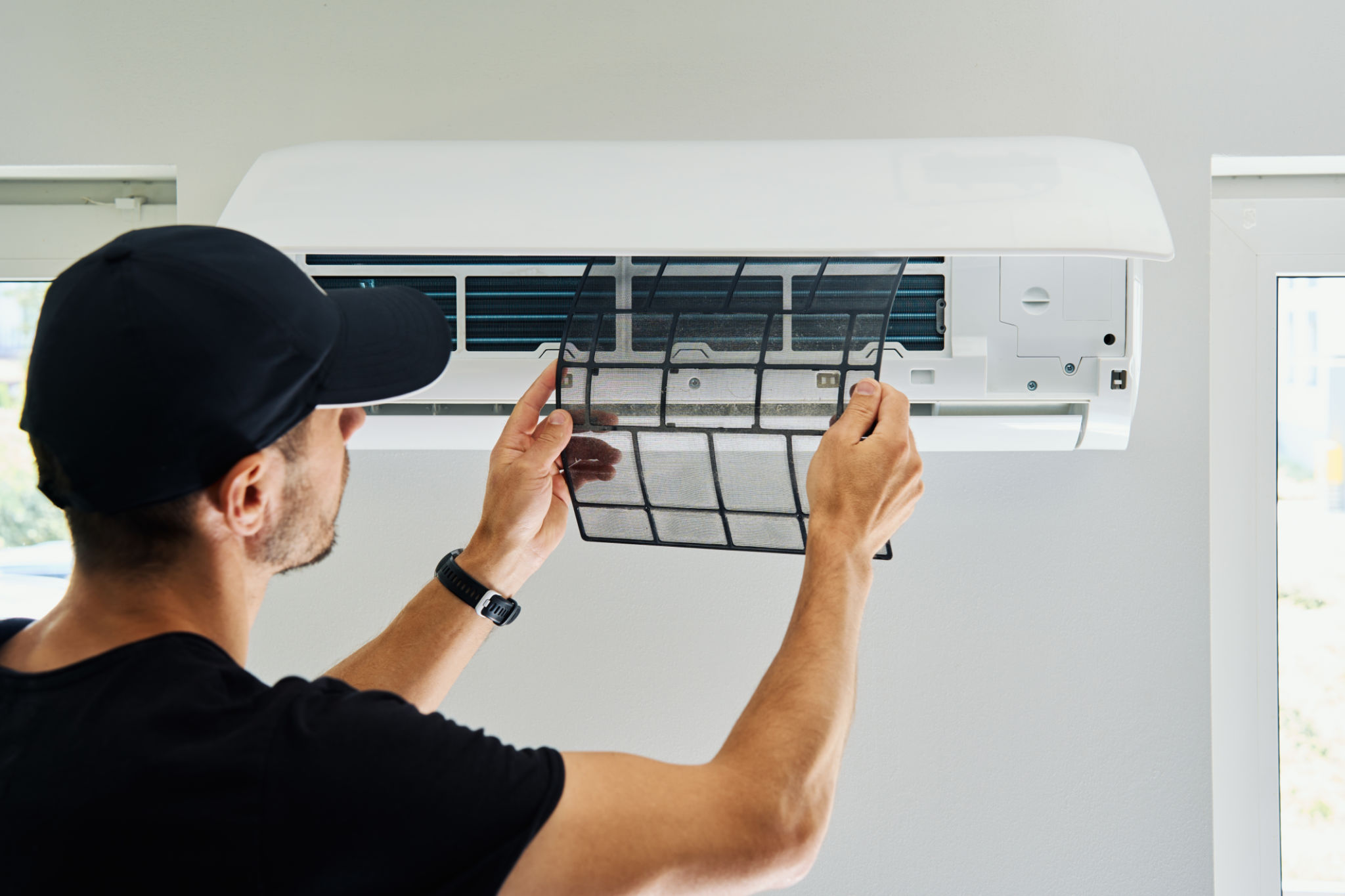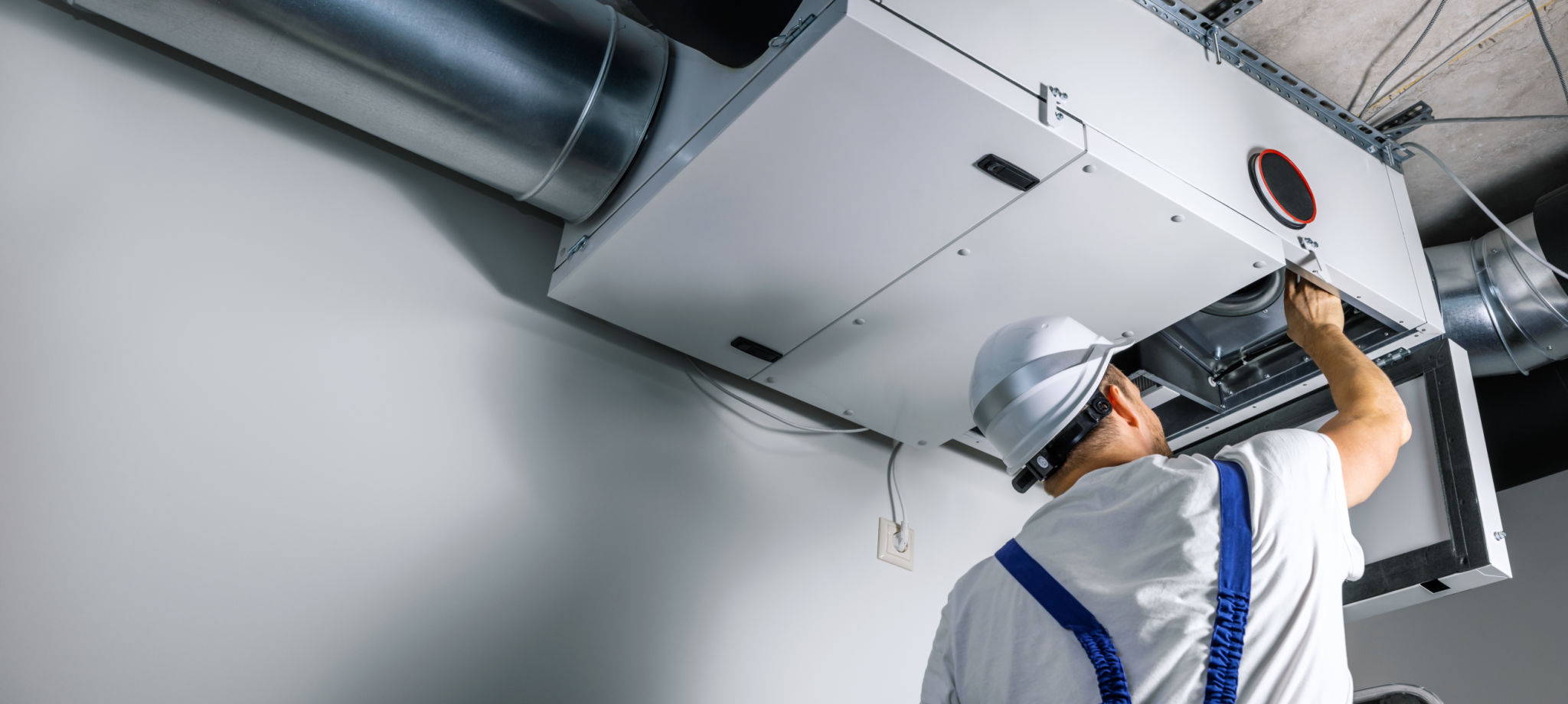How to Fix My AC: A Step-by-Step DIY Guide
Understanding Common AC Problems
Air conditioning units are essential for maintaining comfort during hot weather. However, when they malfunction, it can be frustrating and uncomfortable. The good news is that some common AC problems can be resolved with a bit of DIY troubleshooting. Before you call in a professional, consider these steps to diagnose and potentially fix your AC issues.
Some usual suspects when it comes to AC problems include a faulty thermostat, refrigerant leaks, or a clogged filter. By identifying the issue, you can determine whether it's a quick fix or something that requires professional attention. It's important to remember that safety should always come first, so if you're unsure about any step, consult an expert.

Checking and Replacing the Air Filter
A dirty or clogged air filter can significantly impact your AC's performance, leading to reduced airflow and efficiency. To check the air filter, locate it in the return air duct or blower compartment. If it's covered in dust and debris, it's time for a replacement.
Here's how to replace the filter:
- Turn off the AC unit to ensure safety.
- Remove the old filter carefully.
- Insert a new filter, making sure it fits snugly and correctly.
- Turn the AC back on and check for improved airflow.

Inspecting the Thermostat
If your AC isn't cooling properly, the thermostat might be the issue. First, check that it's set to the correct temperature and mode. If the settings are correct but the problem persists, you might need to recalibrate or replace the thermostat.
For digital thermostats, ensure they have fresh batteries. If you're still experiencing issues, consider upgrading to a programmable thermostat for better control and energy efficiency.
Clearing Debris from Outdoor Unit
The outdoor unit of your AC system can accumulate dirt, leaves, and other debris, which can obstruct airflow and reduce efficiency. Regular maintenance of this unit is crucial for optimal performance. Here's how to clean it:
- Turn off the power at the circuit breaker.
- Remove visible debris using gloves and a brush.
- Gently hose down the fins to remove dirt buildup.
- Check for bent fins and straighten them with a fin comb if necessary.

Testing Refrigerant Levels
Low refrigerant levels can cause your AC to fail in cooling effectively. However, handling refrigerants is not a DIY task due to environmental regulations and safety concerns. If you suspect low refrigerant levels, contact a professional HVAC technician to test and refill it safely.
Signs of low refrigerant include hissing noises from the unit, ice buildup on the coils, and long cooling cycles. Addressing this issue promptly can prevent further damage to your system.
When to Call a Professional
If you've tried these steps and your AC still isn't working properly, it might be time to call in a professional. Issues like electrical problems, compressor failures, or extensive leaks require expert handling to ensure safety and effectiveness.
Regular maintenance by a professional can also help prevent major issues from developing in the first place. Consider scheduling annual check-ups to keep your system running smoothly and extend its lifespan.

By following this guide and understanding when to seek professional help, you can ensure that your AC system remains reliable throughout the hot months. Remember that while some issues can be fixed at home, safety should always be your top priority.
